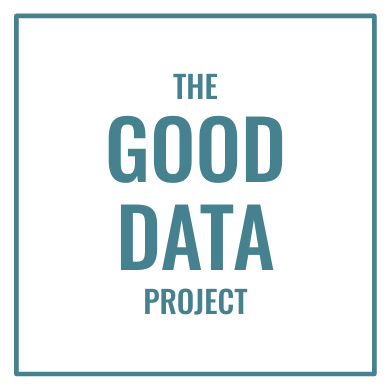Social media is awash in surveys and polls. Most of them suck. But they don’t need to.
If you’re like me, you see polls every time you log into LinkedIn or trawl through Twitter. People can even build simple polls into their Instagram stories.
But most social polls are terrible. Why?
1. Social platforms designed polls to create engagement, not useful data. Facebook, Twitter, and LinkedIn need user engagement to survive. More engagement means more visits, more ad revenue, and higher stock prices.
The platforms admit they created polls to drive engagement. Twitter’s “4 ways businesses can use Twitter polls” post says companies should use polls for audience engagement and product launches — and only then mentions collecting insights. LinkedIn introduces its polls feature by bragging that it “helps you engage.”
So it’s no surprise social polling tools make it hard to collect good data. They limit questions to either two or four response options, each with a maximum of 25-30 characters, and they only allow respondents to choose a single response. That’s not a lot of flexibility when you’re writing questions.
2. Most people don’t know how to write good questions. Most marketers don’t know how to create mutually exclusive or collectively exhaustive list of question responses. Most salespeople don’t know whether their LinkedIn network makes a representative survey sample. And nearly everyone punches up social poll questions and answers to generate passion and engagement — because that’s what platforms have told them to do.
The result: Badly-written questions and answers collecting data from small, biased samples.
Don’t expect help from the platforms, either. Remember: They care about engagement, not good data. So the Twitter and LinkedIn and Facebook help pages don’t say a word about polling best practices; they just rattle on about adding photos and sharing results.
Social polls will never be perfect tools for collecting perfect data. But despite their limitations, they can be a lot more than a place for people to scream about the awesomeness of cryptocurrency or whine about their company’s back-to-office policies.
So let’s get into it. The first two months of The Good Data Project have focused on depicting data; the next couple months will focus on collecting data through social polls, SurveyMonkey, or whatever other tool you’ve got.
We’ll look at how to find a good sample (or sample your questions to the sample you’ve got), how to write fair and honest questions, how to write mutually exclusive and collectively exhaustive answers, and much more.
What’s the best or worst poll or survey you’ve seen lately? Let me know in the comments below, or on LinkedIn or Twitter.
Want good data delivered to your inbox? Subscribe here.

